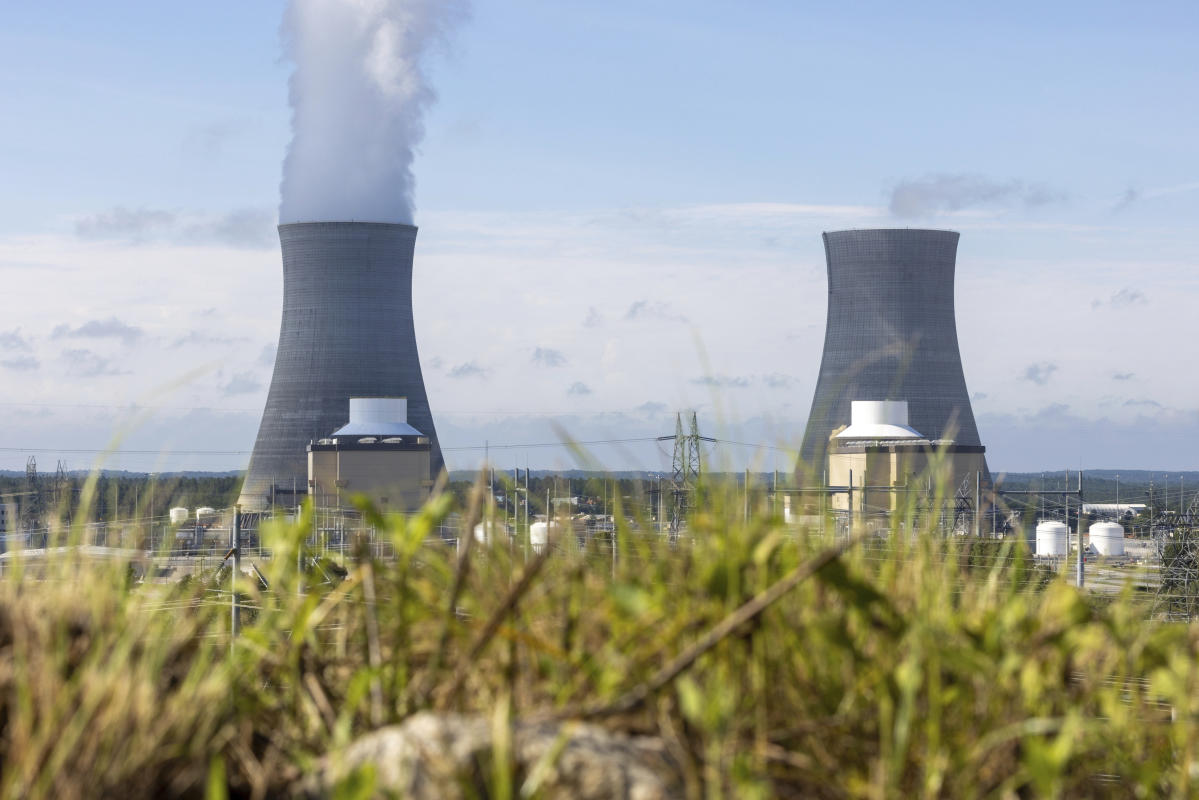
Nuclear Power Plants: A Comprehensive Overview of Vogtle 3 and 4
The ongoing construction of the new nuclear reactors at Plant Vogtle in Georgia has been met with controversy, as concerns about safety and cost have led to delays in commercial operation. In this article, we will provide a comprehensive overview of the project, including its history, current status, and potential implications for the future of nuclear power.
History: The Vogtle 3 and 4 reactors were first proposed by Southern Company in 2015 as part of an effort to diversify its energy portfolio. Construction began on Unit 3 in April 2018, with commercial operation expected by the end of that year. However, delays due to technical issues and regulatory hurdles have pushed back the timeline for both units.
Current Status: As of February 2nd, Georgia Power announced that commercial operation of Unit 4 will be delayed into 2024's second quarter after a vibration problem was detected in its cooling system. The utility said it is likely to lose $30 million in profit for each month beyond March that Unit 4 isn't running because of an earlier order by state utility regulators.
Potential Implications: The delays and cost overruns at Vogtle have raised concerns about the future of nuclear power as a viable source of energy. Critics argue that the high costs and potential safety risks make it difficult to justify investing in new reactors, while proponents point out that nuclear power is a low-carbon source of electricity that can help mitigate climate change.
Conclusion: The ongoing construction at Plant Vogtle highlights the complexities involved in building and operating nuclear power plants. While concerns about safety and cost have led to delays in commercial operation, proponents argue that nuclear power is a necessary component of a diverse energy portfolio. As such, it will be important for policymakers and industry leaders to carefully consider the potential benefits and risks associated with this technology before making any decisions.

